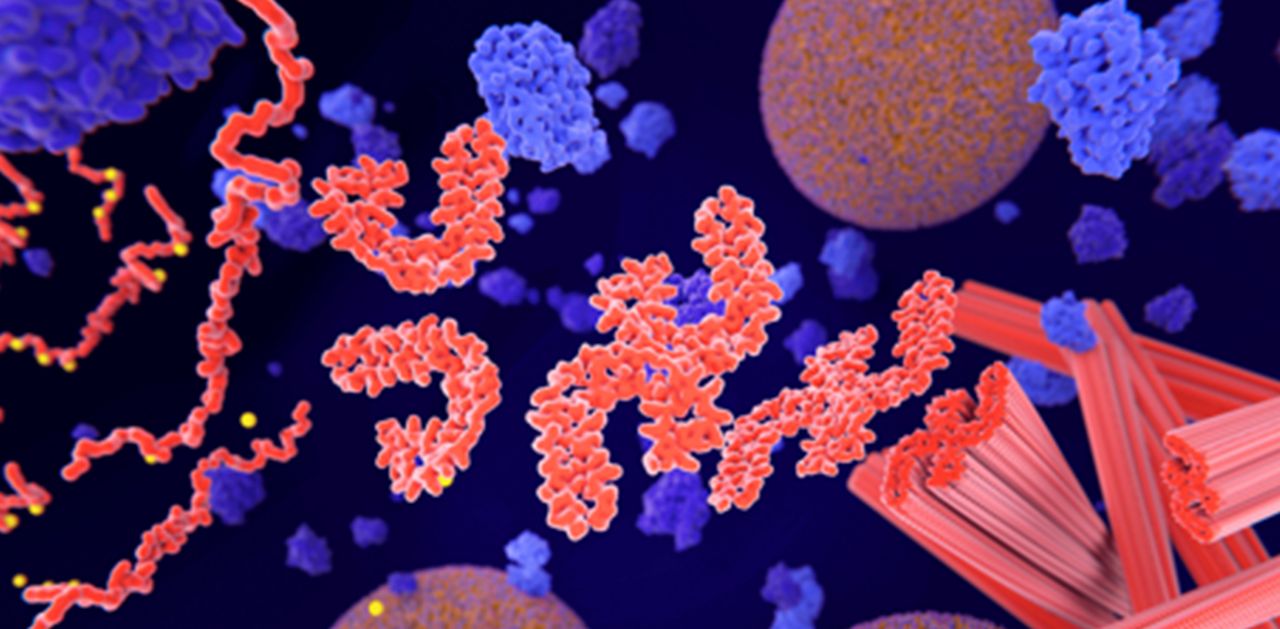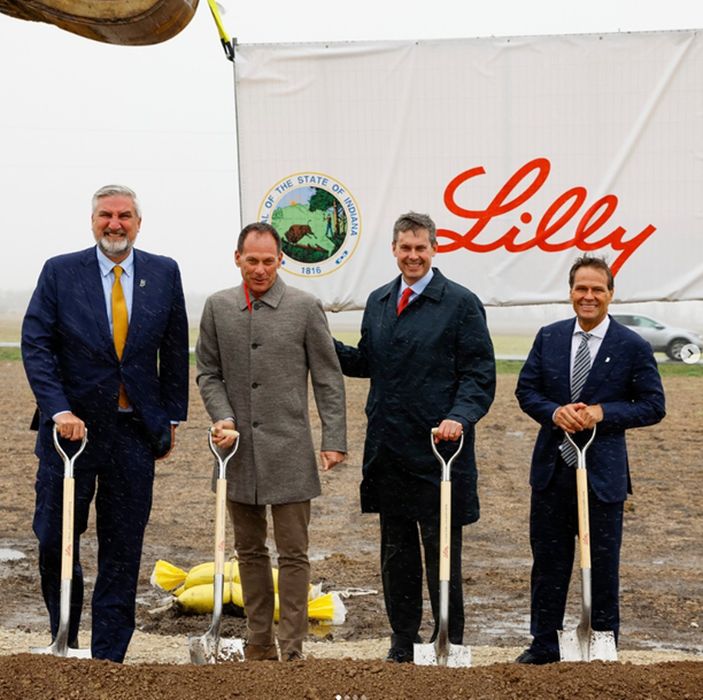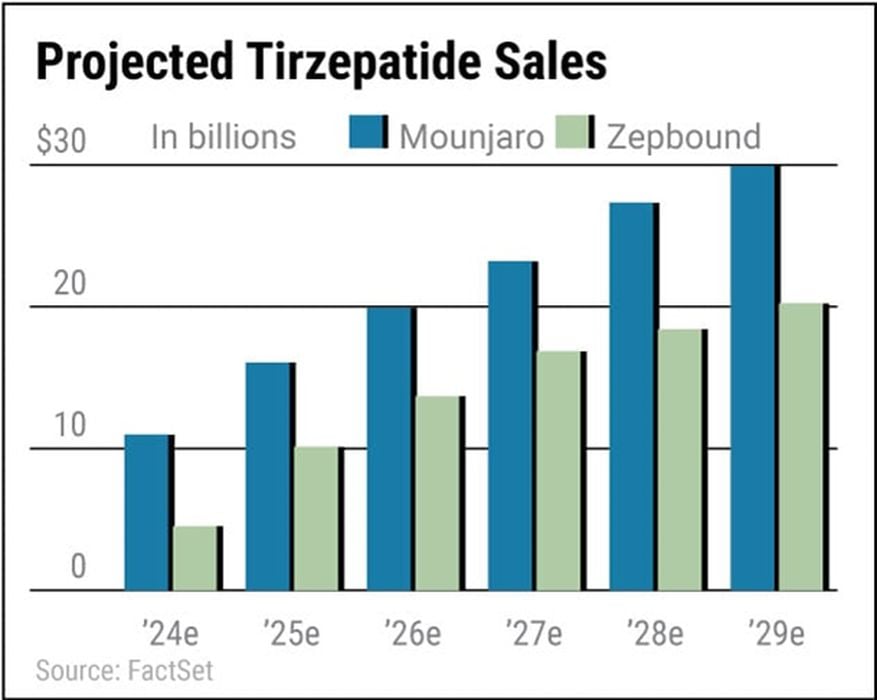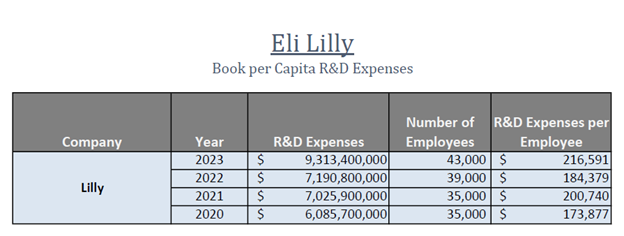
Charles R. Goulding and Preeti Sulibhavi highlight Eli Lilly’s remarkable growth and groundbreaking advancements in pharmaceuticals, from Alzheimer’s treatment to innovative 3D printing drug delivery.
Eli Lilly and Company (Lilly) has long been a pharmaceutical powerhouse, but recent developments have pushed it further into the spotlight. With a blockbuster weight loss drug and promising advancements in Alzheimer’s treatment, Lilly is making waves in the medical world. In June 2024, Lilly received unanimous backing from the eleven-member FDA advisory panel for its Alzheimer’s drug, marking a significant step towards full FDA approval. Since 2014, Lilly has introduced 18 new medicines, underscoring its innovative prowess.
One of Lilly’s newest drugs is the breast cancer drug, Verenzio. The efficacy of the drug has made it the only drug in its class approved for both advanced and high-risk early breast cancers. In the process, Lilly’s valuation exceeded US$750 billion, making it the largest drugmaker by market cap, globally.

Sales and Workforce
Lilly’s growth is evident in its financial performance and workforce expansion. As of December 31, 2023, the company had US$34 billion in sales and employed 43,000 people worldwide. This growth is fueling major expansion projects in North Carolina and Indiana, which are set to enhance Lilly’s manufacturing capabilities and job creation. In the process, Lilly’s valuation exceeds US$750 billion, making it the largest drugmaker by market cap, globally.

Major Expansion Projects
Lilly’s success is not just reflected in its financials but also in its ambitious expansion projects. In Indiana, Lilly is making a record-breaking investment of US$3.7 billion in the LEAP Innovation Park in Boone County, adding 700 new jobs. This investment marks the largest manufacturing commitment at a single location in Lilly’s history. The new facilities will produce active pharmaceutical ingredients and support increased demand for Lilly products, including cutting-edge genetic medicines. Additionally, Lilly has committed US$15 million to Ivy Tech Foundation, creating the Lilly Scholars program to support students pursuing careers in pharmaceutical manufacturing.
In North Carolina, Lilly is expanding its presence with significant investments in new manufacturing sites. These expansions will bolster Lilly’s production capabilities and support the growing demand for its innovative medicines. Specifically, in Concord, NC, Lilly plans to invest US$1 billion for the manufacturing of injectable products and devices and create 600 jobs. Additionally, the company plans to invest US$500 million in Limerick, NC, to create a new biologics active ingredients facility, adding over 300 jobs there. The company’s investments in these regions highlight its commitment to advancing pharmaceutical manufacturing and creating high-tech job opportunities.

Partnership with Triastek
Lilly’s innovative spirit is further exemplified by its collaboration with Triastek, a leading Chinese 3D printing company. This partnership is particularly noteworthy given Indiana’s own reputation for 3D printing expertise, especially in medical devices. Triastek, established in 2015, is known for its advanced 3D printing technologies and holds a substantial patent portfolio. The company specializes in the development and production of complex drug delivery systems, leveraging 3D printing to create precise and effective medications.
Lilly’s partnership with Triastek focuses on developing a 3D-printed gastrointestinal drug. This innovative approach aims to enhance drug delivery and efficacy, representing a significant advancement in pharmaceutical technology. By collaborating with Triastek, Lilly is positioning itself at the forefront of 3D printing applications in medicine.
Triastek’s Profile
Triastek has quickly become a prominent player in the 3D printing sector. The company’s robust patent portfolio includes numerous patents related to 3D printing technologies and drug delivery systems. Triastek’s expertise lies in its ability to create highly precise and effective drug delivery mechanisms, utilizing advanced 3D printing techniques to optimize medication release and absorption.
Triastek’s collaboration with Lilly on the gastrointestinal drug exemplifies the potential of 3D printing in pharmaceuticals. This partnership leverages Triastek’s technological prowess and Lilly’s pharmaceutical expertise to develop innovative solutions that could revolutionize drug delivery.

The Research & Development Tax Credit
The now permanent Research and Development (R&D) Tax Credit is available for companies developing new or improved products, processes and/or software.
3D printing can help boost a company’s R&D Tax Credits. Wages for technical employees creating, testing and revising 3D printed prototypes can be included as a percentage of eligible time spent for the R&D Tax Credit. Similarly, when used as a method of improving a process, time spent integrating 3D printing hardware and software counts as an eligible activity. Lastly, when used for modeling and preproduction, the costs of filaments consumed during the development process may also be recovered.
Whether it is used for creating and testing prototypes or for final production, 3D printing is a great indicator that R&D Credit-eligible activities are taking place. Companies implementing this technology at any point should consider taking advantage of R&D Tax Credits.
Conclusion
Lilly’s culture of innovation makes it a company to watch in the realm of 3D printing drug delivery. Its current economic success provides the financial resources necessary to execute ambitious projects and drive forward-looking initiatives. With strategic investments in manufacturing and groundbreaking partnerships like the one with Triastek, Lilly is well-positioned to lead the next wave of pharmaceutical innovation. As Lilly continues to push the boundaries of medicine, it stands out as a beacon of growth and technological advancement in the industry.
Eli Lilly’s dynamic growth, significant investments, and innovative collaborations underscore its leading role in the pharmaceutical industry. By embracing cutting-edge technologies like 3D printing and expanding its manufacturing capabilities, Lilly is poised to continue its trajectory of success and innovation.
